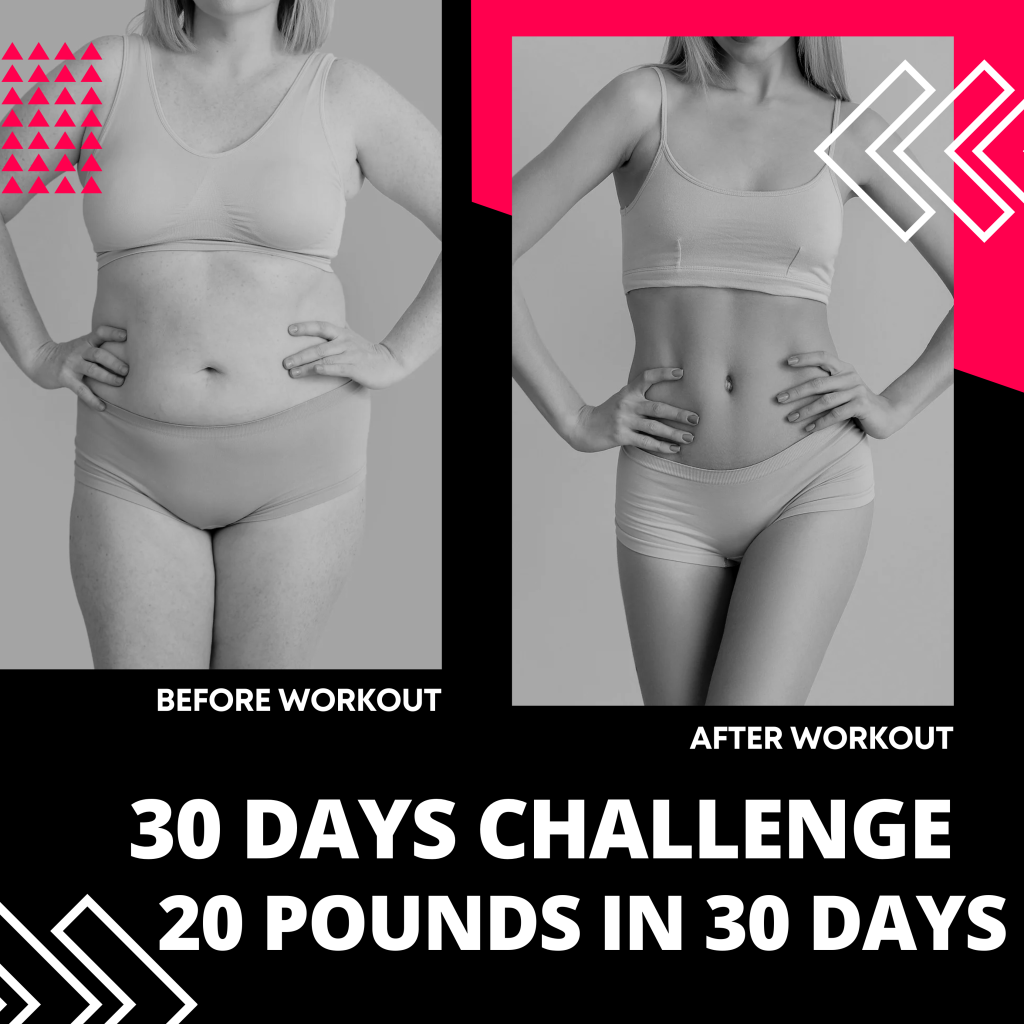

The ketogenic diet, commonly known as the Keto diet, has gained immense popularity in recent years for its ability to promote weight loss and improve overall health. When combined with regular exercise, the Keto diet can be even more effective in helping individuals achieve their fitness goals. By following some key strategies, you can maximize your results and see significant improvements in your body composition and fitness levels.
First and foremost, it is important to understand the basic principles of the Keto diet. The Keto diet is a high-fat, low-carbohydrate eating plan that aims to put the body into a state of ketosis, where it burns fat for fuel instead of carbohydrates. By drastically reducing your intake of carbohydrates and increasing your intake of healthy fats and proteins, your body is forced to rely on stored fat for energy, leading to weight loss and improved metabolic health.
When it comes to exercise on the Keto diet, there are a few important considerations to keep in mind. Firstly, it is essential to stay properly hydrated and replenish your electrolytes, especially when engaging in intense physical activity. Since the Keto diet can cause dehydration and electrolyte imbalances, it is important to drink plenty of water and consider supplementing with electrolytes to prevent muscle cramps and fatigue.
In terms of exercise selection, incorporating a combination of resistance training and cardiovascular exercise can be highly beneficial. Resistance training helps build lean muscle mass and boosts metabolism, while cardiovascular exercise improves cardiovascular health and aids in fat loss. Aim to incorporate a mix of both types of exercise into your routine to maximize results.
Additionally, timing your workouts around your meals can also be advantageous. Some individuals find that working out in a fasted state can enhance fat burning and improve insulin sensitivity. However, others may prefer to eat a small meal or snack before exercising to fuel their workouts and prevent muscle breakdown. Experiment with different approaches to see what works best for you and allows you to perform at your best.
Finally, be mindful of your overall calorie intake and macronutrient balance. While the Keto diet can be effective for weight loss, it is important not to drastically restrict calories or neglect essential nutrients. Ensure that you are consuming enough calories to support your workouts and recovery, and focus on getting an adequate amount of protein to maintain muscle mass and promote recovery.
In conclusion, combining the Keto diet with regular exercise can yield impressive results in terms of weight loss, body composition, and overall health. By following these tips and strategies, you can maximize your results and achieve your fitness goals more effectively. Remember to listen to your body, stay consistent with your diet and exercise routine, and be patient as you work towards your desired outcomes.






